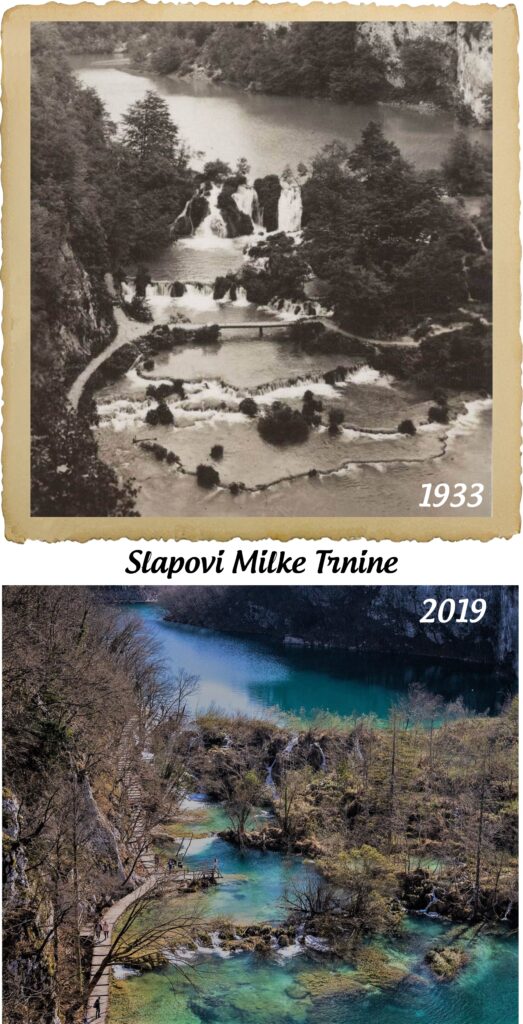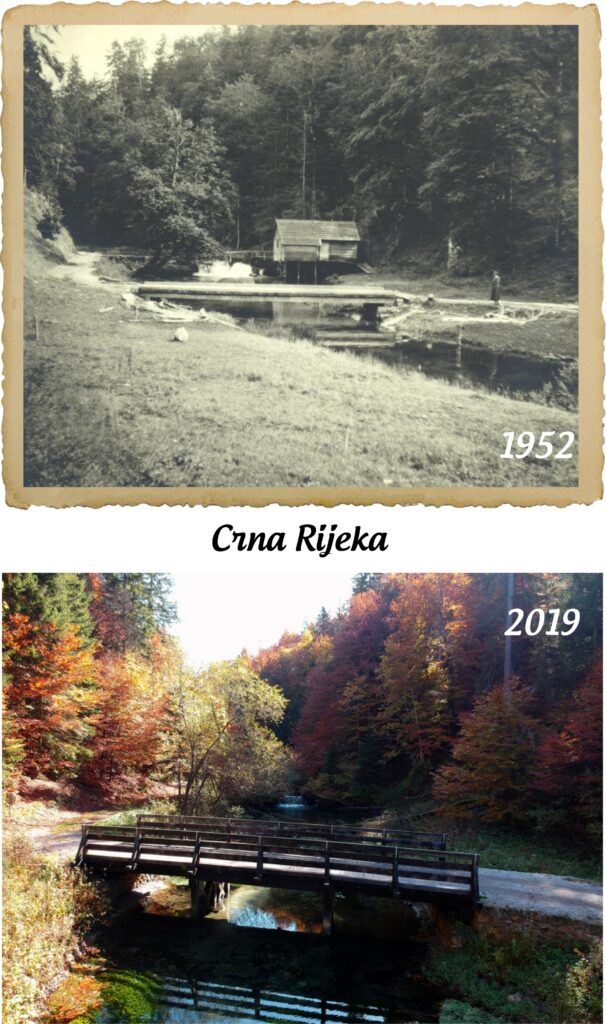Landscape refers to natural, rural, urban and peri-urban areas, including land, inland water and marine areas. These can be areas of outstanding value, as well as everyday or degraded areas. Water, in addition to having an existential, nutritional and economic importance, also represents an essential landscape component.
This connection between landscape and water can be seen at every turn in the Plitvice Lakes National Park. The Plitvice Lakes were declared the first national park in Croatia as an “area of outstanding natural beauty”. It was one of the first sites in the world to be inscribed on the UNESCO World Heritage List, and one of the criteria justifying its outstanding universal value on account of which it was selected was the fact that the area “contains superlative natural phenomena or is an area of exceptional natural beauty and aesthetic importance“.
The most striking element of that outstanding natural beauty and aesthetic importance are the natural landscapes of 16 cascading lakes of a unique blue-green colour, connected by waterfalls of different shapes falling over moss-covered tufa barriers, all set in a dense forest complex and a dynamic mountainous terrain.
Every landscape changes over time, and human impact on the formation and change of natural and cultural landscape, including water as part of that landscape, is undeniable. The Plitvice Lakes are no exception.
Human settlement in the area came with deforestation and conversion of forest areas into meadows and arable land, creating the cultural landscapes that today dominate the area near settlements. One of the reasons for the settlement was to use the power of water, which is why mills, fulling mill and sawmills were erected on the main streams, waterfalls and tufa barriers (along the White River, Black River, Korana, over Burget, Devčićevac in Labudovac).
At the end of the 19th century, tourism development in the area began, and the first tourism facilities and visitor infrastructure around the lakes were built. The first trails around Kozjak were built in 1888, and the beginning of the 20th century also saw the construction of paths and bridges in the area of the lakes, as well as the surrounding area towards Medveđak, at more or less the same routes that exist today.
How and how much did the landscape and water in the area of the Plitvice Lakes change is best visible from a collage of old and present-day photographs.
Read other interesting stories from the Plitvice Lakes National Park






